From the stories we hear as we grow up, to the latest fantasy themed blockbuster, our lives abound in out of this world phenomena, characters and creatures. They make life fun and stimulate our imagination, which is a very important asset later-on when problem-solving and creativity are required.
But what about the times when people swear that they’ve had such experiences or met such beings in real-life? Is that also the sign of a strong imagination? Or could it have been real? And remember that any attempt to explain such things has to take into account that they have been depicted in the legends and myths of many cultures across the globe, during the course of history.
Keeping all of these in mind, here are 5 legendary creatures explained rationally or as plausibly as possible while still remaining in the realm of reason and not crossing into the supernatural or magical.
1. Changelings
Table of Contents
Not to be confused which shapeshifters (which are beings that are allegedly able to modify their physical appearance at will), changelings are beings that appear in the folklore of several peoples around the world, but most notably in that of the Germanic and Celtic peoples. And these beings are said to be (bad) replacements to children that have been stolen by fairies and other magical creatures.
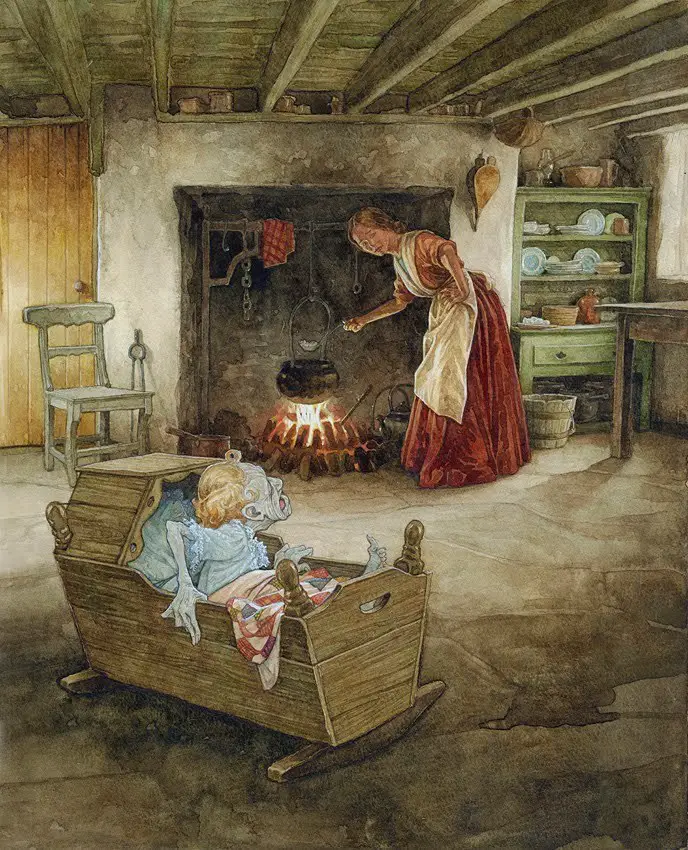
They are considered bad or even evil because they are either strange, obsessive and aloof, without responding to conversation or they scream constantly. They talk to unseen beings. And are either cold and unemotional (which is scary for a parent or adult) or flip into the other extreme of energetic aggressiveness, even violent outbursts etc.
We now know, with the help of modern medicine, that all the observed behaviors mentioned above fit very well with the manifestations of autistic children. So much so that enough psychologists and psychiatrists are convinced that the changelings of the past were just unidentified autistic children, which their communities were unable to help, given the knowledge and resources of the time. So they invented what seemed like a reasonable explanation at the time.
Too bad that this attempt at understanding something unknown led to the abuse, abandonment and even murder of many such children in an attempt to punish the “faeries” that wronged the parents.
2. Mermaids
Depicted in many works like cartoons, movies, books, songs etc., the mermaids are said to be creatures whose lower body half is that of a fish and the upper body half is that of a (beautiful) woman. In legend, they are portrayed as usually evil tricksters that will lure men to a watery grave with their entrancing songs.
But the realities that gave rise to such legends might have been completely non-supernatural. As there are several rational explanations for mermaids.
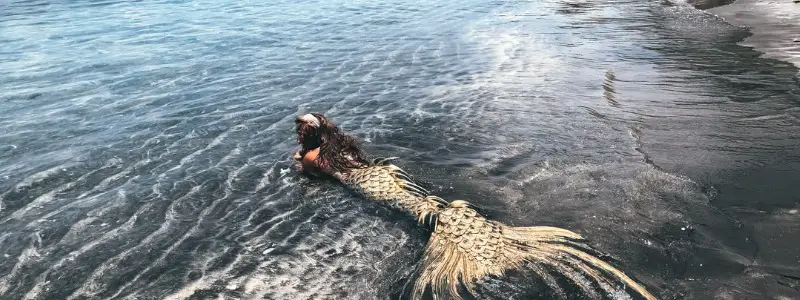
The first revolves around a birth condition caused Sirenomelia which consists of human babies being born with a defect which causes their legs to be fused together. This results in the rapid death of the child (1-2 days at the most) because the internal lower organs are also affected). So the body of such a child floating on water could easily have given rise to the mermaid legend. Especially when taking into account the emotional shock involved in witnessing such a birth or child perhaps even traumatized parents themselves invented the mermaid myth as a fiction that their child is still alive and part of the supernatural, instead of facing the hard reality.
The second has points out that in several ocean-focused cultures, some resources are collected from the seafloor and traditionally this was done by women divers, possibly with some technological aids like a single fin like the diver fins we have nowadays Hence the impression of foreign sailors that such (beautiful?) women were mermaids etc.
The third suggests that the sea-dwelling creature called the manatee, which from a distance can vaguely resemble a human figure if partially submerged, might have been taken from a distance as what would become a “mermaid” by weary sailors.
3. Dragons
No need to describe in detail these popular, oft depicted lizards and their variations among cultures (the winged and fire-breathing Western version or the land-based giant snake like Asian one). Sufficed to say that their descriptions (as intelligent, speaking, treasure hoarding, impenetrable armor ancient magical beings) might have been exaggerations of real animals that lived on Earth in the past.
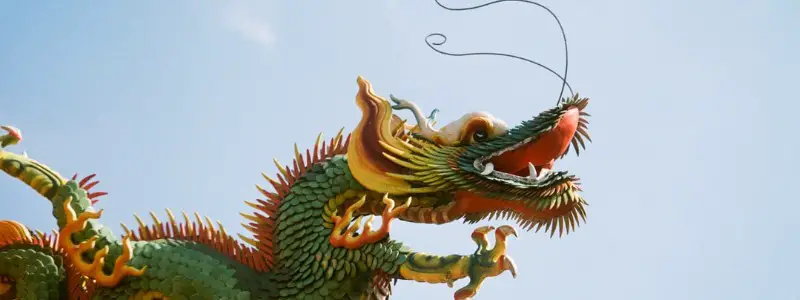
For the land-based giant reptiles, the explanation might lie in the Varanus priscus or more commonly Megalania giant reptile that is confirmed by fossils to have lived during the Pleistocene epoch. Stats: 500 – 4000 pounds and 12 – 25 feet, powerful legs and big teeth judging by the strong and big jaws. That’s a pretty decent dragon if you ask me!
But if you really want to go all out and follow the winged fire-breathing canon, you can look at the fictional docudrama called “The Last Dragon”, but released as “Dragons: a fantasy made real” (2004), which imagines a scientific explanation for a dinosaur-dragon, complete with fire-breathing abilities. Just remember that the studio that made it promoted it with the tagline: “the natural history of the most extraordinary creature that never existed.” So, take it as a trip of imagination, not scientific proof.
4. Minotaur
Big guy. Works out too, or there’s no way he could have those big muscles all over his body. Not sure if he polishes those horns on his bull head, but they sure are imposing. And that bellow that shakes the earth. Mighty impressive.
Except this ancient Greek legendary creature might be better explained by a geological phenomenon. That’s right, all the rock loving nerds rejoice and tell me if this doesn’t seem blatantly obvious once you add things up.
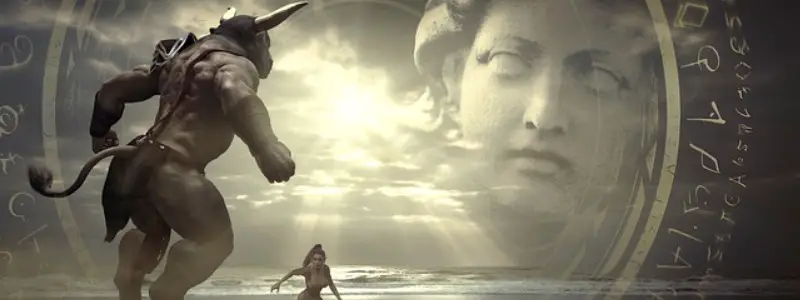
Here we go. The minotaur legend originated in the Minoan culture whose economic and political center was on the island of Crete. The island of Crete is famous among modern geologists foooor… frequent earthquakes as it lies on a subduction zone. Back to the minotaur myth, before the aspect of the minotaur (including the human body bull head thing) was described in later times, initially the only thing that is consistently found in all previous stories is that it is trapped underground bellowing and making the earth shake.
Shall we spell it out? Minotaur => (perhaps) earthquakes. Which the people couldn’t explain at the time. So the legend was born.
5. Vampires
Possibly the most popular and cool legendary creatures, the pretext for many well-made box office hits (and some not-so-well made ones too), vampires have fascinated the human psyche of modern times and still do. But what if the blood sucking, immortal, entrancing night creatures were at their origins just unfortunate gaps in understandings or misunderstandings.
Like people in the past not understanding how the process of decomposition affects a body, including pallor/lividity weird noises from the pressure building inside and other effects.
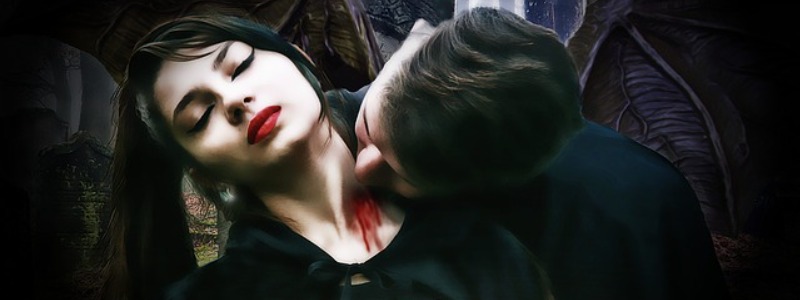
Or like people in the past burying relatives that only seemed to be dead but were in fact alive, just in a coma or cataleptic.
Or even more plausible, just a fear of individuals who are different. Which would certainly be the case of those who suffer from a disease called Porphyria, whose symptoms include a sensitivity to light, mental disturbances and a dark coloring of urine (which might be mistaken for blood by people under shock).
Worth mentioning as well is that during outbreaks of rabies, which occurred en masse in medieval Europe at times, people would of course bite each other on account of their minds being affected by the disease.
So it’s plausible to assume that one of the things mentioned so far or a combination of these could have lead to the myth of the vampire.
